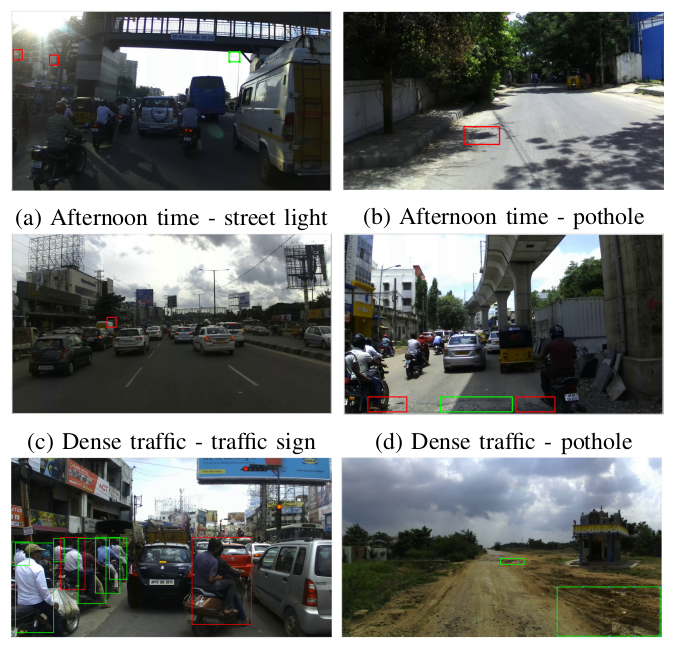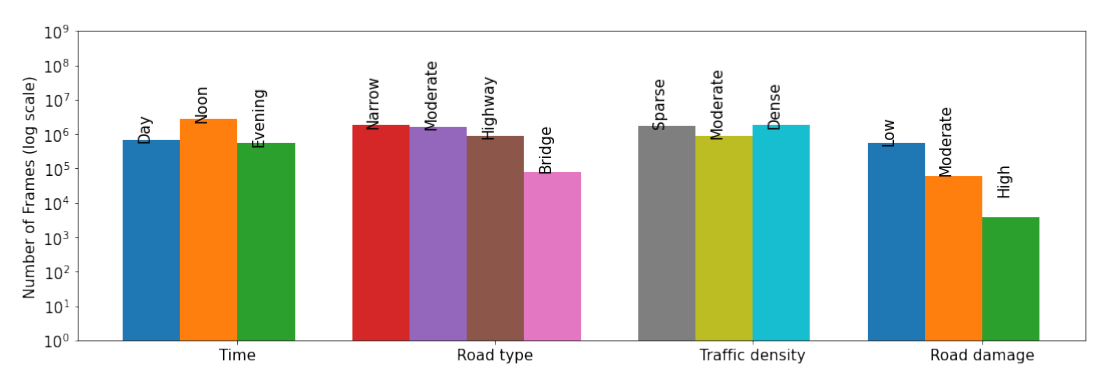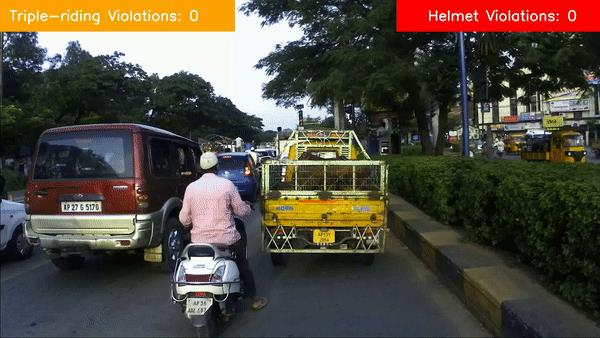
Identifying the Challenges.
“Many of the existing methods for triple rider violations were neither robust nor accurate to occlusions and crowded scenes. It eventually failed in crowded scenes and lacked qualitative analysis on a large-scale dataset.

Our solution was by adopting an approach that operates on videos from a dashboard camera mounted within a police vehicle. So, the proposal we arrived at was a novel trapezium representation for identifying triple rider violations. An innovative trapezium-shaped box regressor was used for the first time for associating a motorcycle with its corresponding riders.
This method performs well even in crowded scenarios using the maximum area of motorcycle-driving instances containing sufficient context for a helmet /no- helmet detector to provide accurate results.” explains Dr. Rohit and Dev.

The crucial problem faced was the existing India Driving Dataset (IDD) annotations, which were able to detect the riders and helmet violations. There were frequent rider occlusions, to the extent that only the head portion is visible and riders far away from the camera cannot be detected.
The accuracy of this approach is based on data pre-processing to handle occlusions and trapezium-shaped bounding boxes can robustly detect and track triple-riding violations in each video frame. The earlier works were able to detect whether a rider is wearing a helmet or not. The success of this approach has been in jointly detecting, tracking, and counting triple-riding and helmet violations.

Thinking for the future of road safety.
Road safety is the main concern in this approach with future enhancements. This work lays the foundation for utilizing such systems for increased road safety. The main advantage is being able to be used for surveillance in any corner of the city without any considerable cost of a static camera network. In the future, we wish to explore the possibility of deploying our system to a distributed GPU setup for city-wide surveillance.
Acknowledgments: The team thanked iHubData, the Technology Innovation Hub (TIH) at IIIT-Hyderabad for supporting this project to achieve this success.


